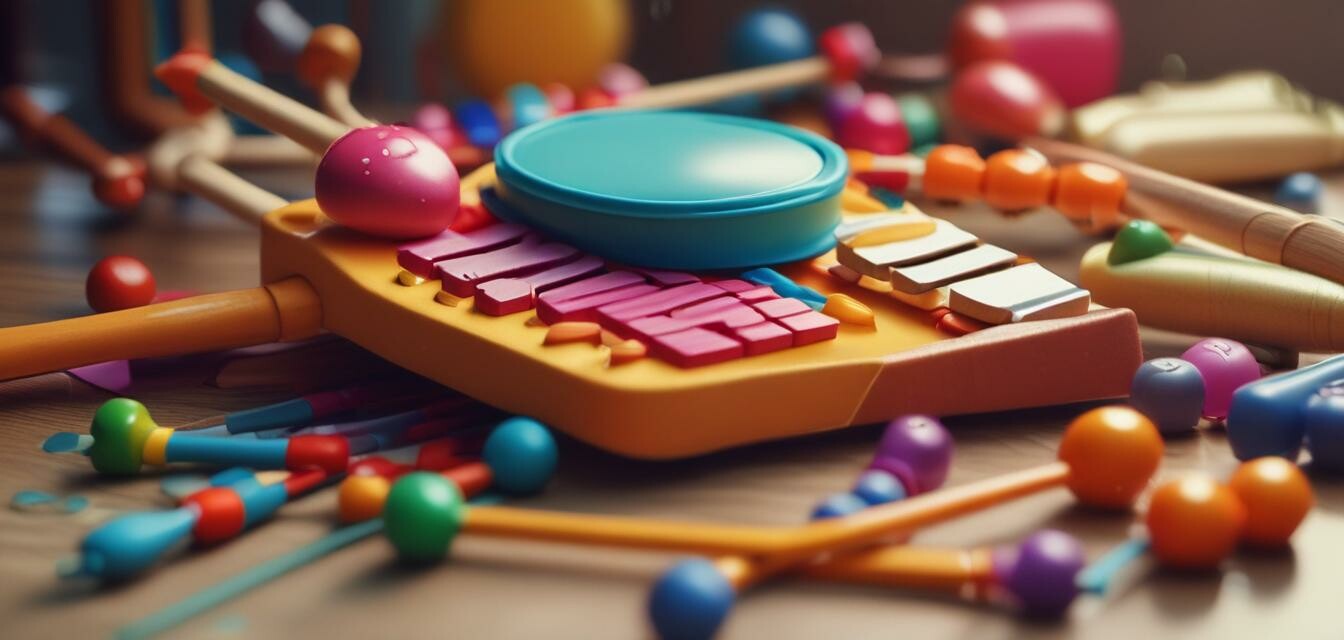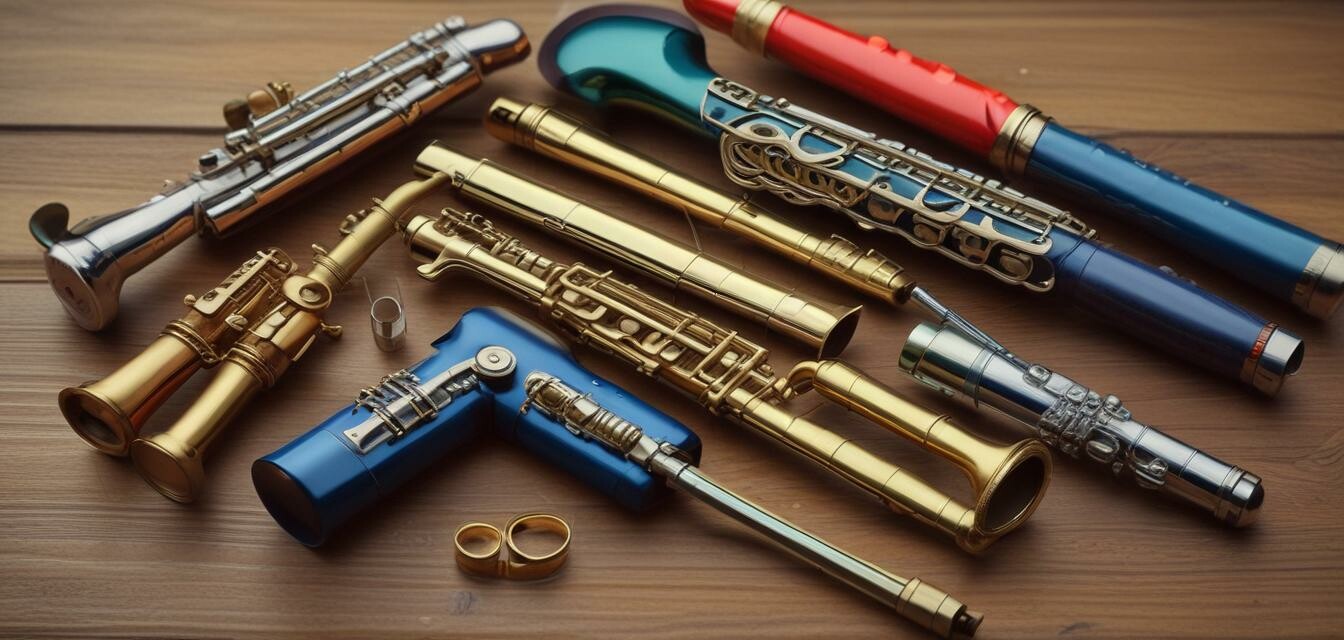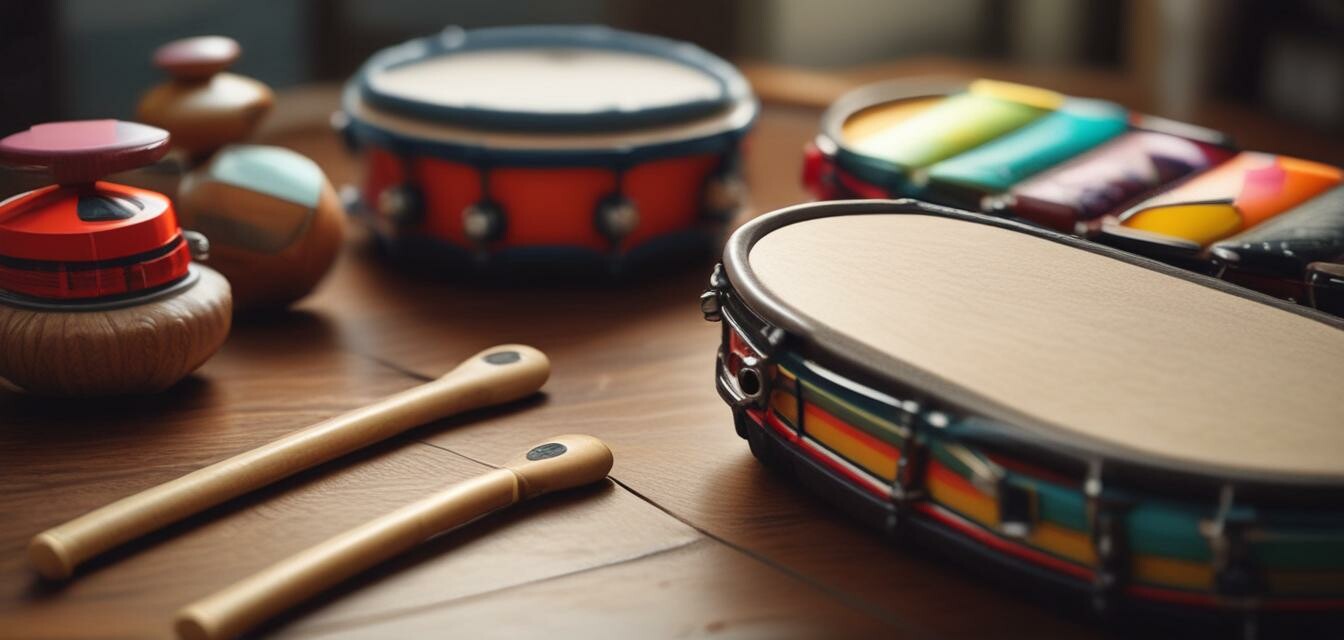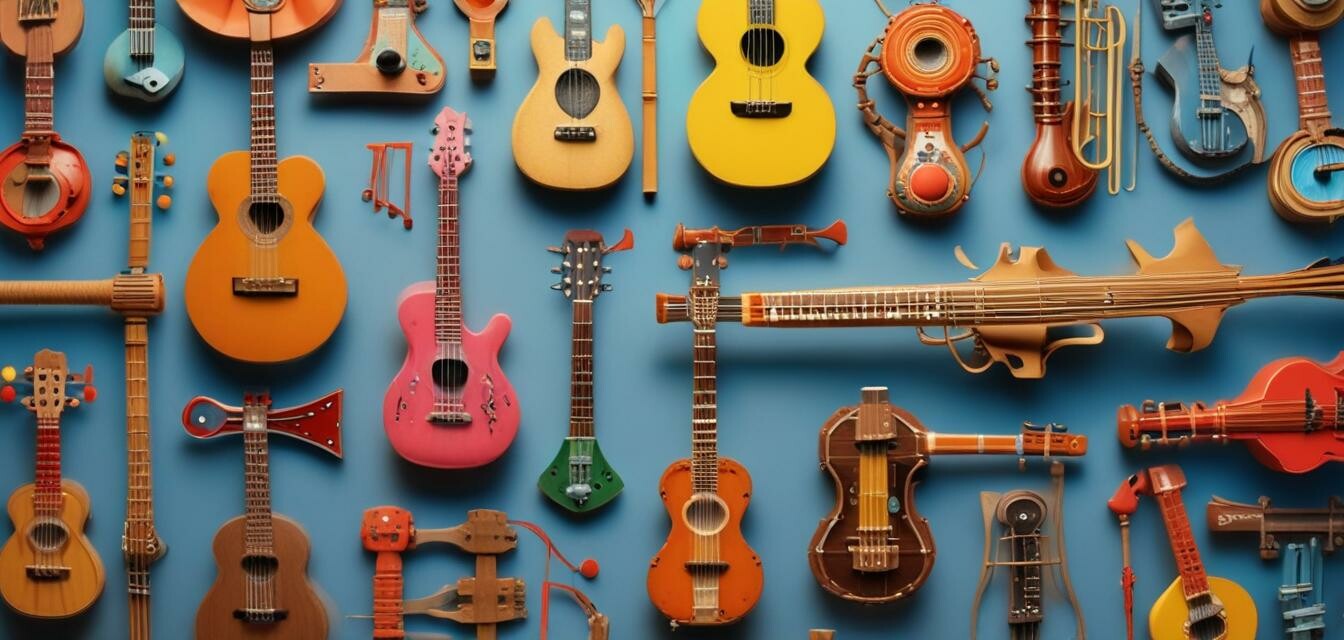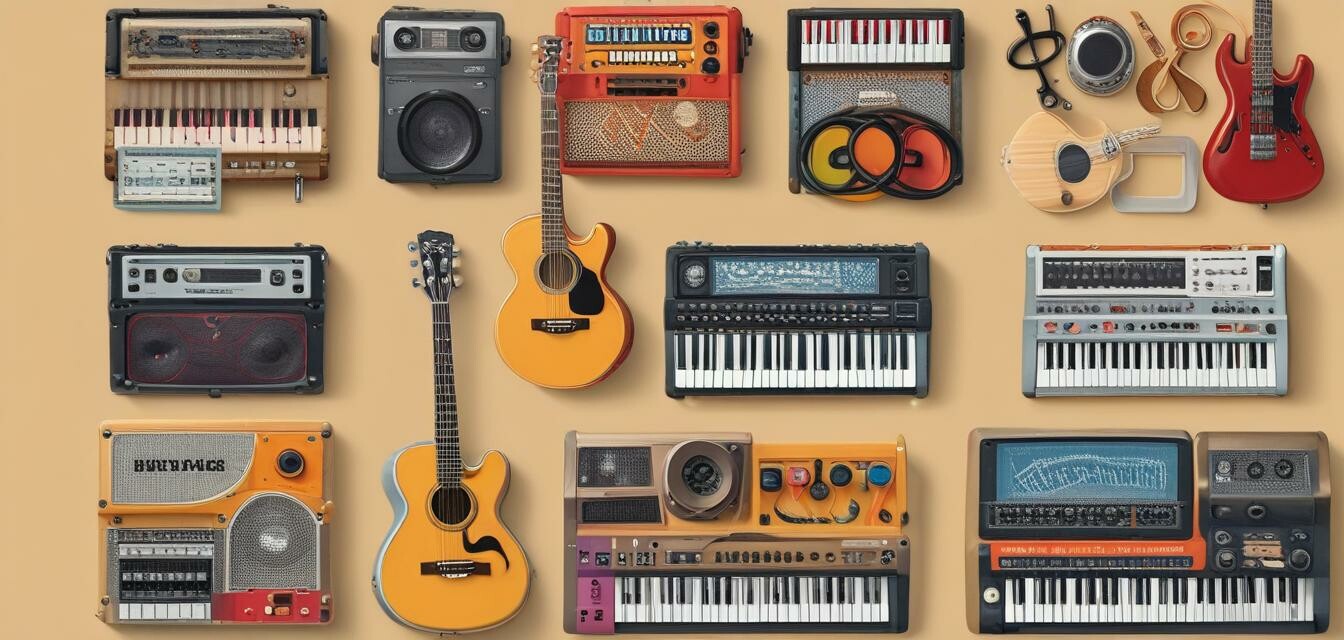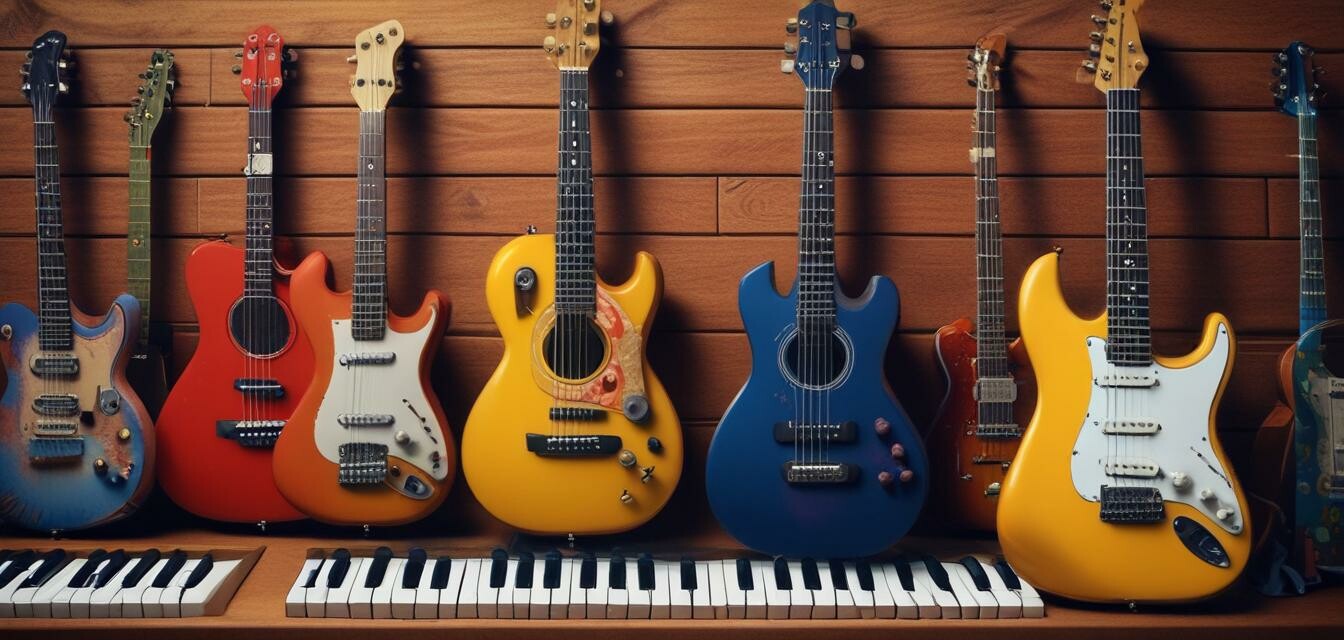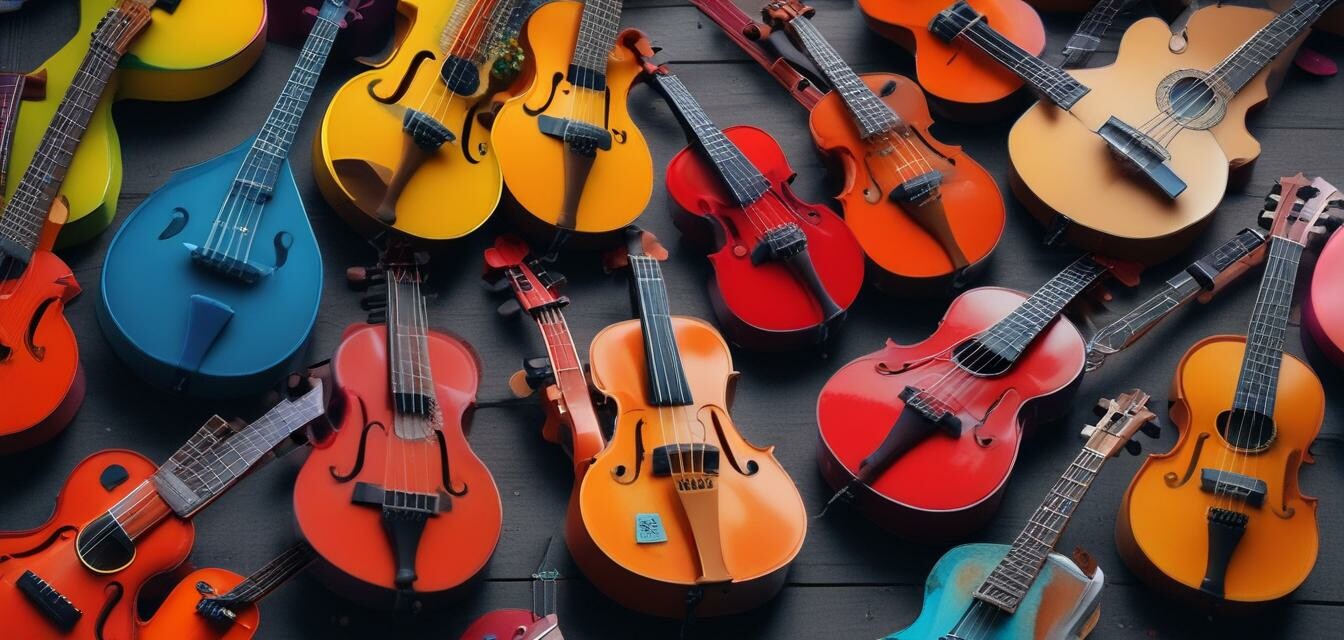
Beginner String Instruments
Key Takeaways
- String instruments are great for kids to develop musical skills.
- Popular beginner string instruments include violins, guitars, and ukuleles.
- Choosing the right instrument depends on the child's age and interest.
- Learning string instruments can enhance hand-eye coordination and discipline.
String instruments are a fantastic introduction to music for kids. They offer a range of sounds and styles, making them an appealing choice for budding musicians. In this article, we will explore various beginner string instruments, their benefits, and tips for helping your child choose the right one.
Overview of string instruments
String instruments produce sound through vibrating strings. They come in various shapes and sizes, each with unique characteristics. Here are the primary types of string instruments suitable for beginners:
| Instrument | Typical Age for Beginners | Characteristics |
|---|---|---|
| Violin | 5 years and up | Small size, high pitch, and versatile. |
| Guitar | 6 years and up | Wide range of sounds, can be acoustic or electric. |
| Ukulele | 4 years and up | Small size, cheerful sound, easy to learn. |
Popular beginner string instruments
Let’s take a closer look at some popular options for beginner string instruments:
1. Violins
Violins are a beautiful and versatile choice for young musicians. They are typically made from wood and require a bow to play. The sound is bright and can be used in various music genres.
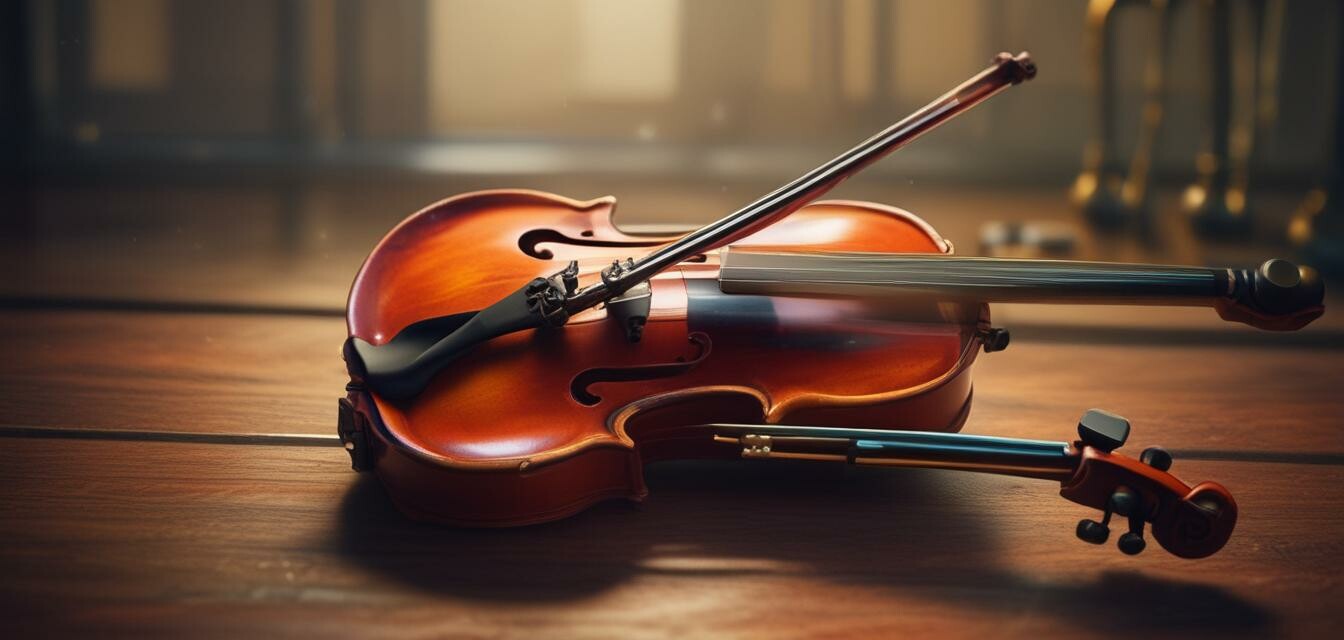
2. Guitars
Guitars are one of the most popular instruments worldwide. They can be acoustic, electric, or classical. For kids, a smaller-sized guitar is often recommended to make it easier to hold and play.
3. Ukuleles
The ukulele is a fantastic option for younger children due to its small size and light weight. It has four nylon strings, making it easier on little fingers, and it produces a warm, cheerful sound.

How to choose the right string instrument for your child
Selecting the right string instrument is crucial for your child's musical journey. Here are some tips to consider:
- Age and size: Ensure the instrument is appropriately sized for your child.
- Interest: Consider what type of music your child enjoys.
- Budget: Determine how much you are willing to spend.
- Trial: If possible, let your child try different instruments before deciding.
Benefits of learning string instruments
Learning to play a string instrument can provide numerous benefits for children, including:
- Improved hand-eye coordination
- Enhanced discipline and patience
- Boosted self-esteem through performance
- Increased cognitive skills, such as memory and concentration
Getting started with string instruments
Once you've chosen an instrument, it's time to get started! Here are some helpful steps:
- Find a teacher: Look for local music schools or private tutors who specialize in teaching children.
- Practice regularly: Encourage consistent practice to help develop skills.
- Join a group: Consider enrolling your child in group lessons or ensembles to foster a sense of community.
Resources for further learning
Here are some useful links to help you and your child on your musical journey:
- Explore various string instruments
- Discover fun musical toys for kids
- Check out keyboards and pianos for beginners
- Learn about percussion instruments
- Find exciting electronic instruments for kids
Pros
- Helps develop musical skills at a young age.
- Encourages creativity and expression.
- Enhances social skills when playing with others.
Cons
- Initial learning curve may be challenging.
- Instruments can be expensive to purchase.
- Requires regular practice to see improvement.
Conclusion
String instruments offer a wonderful way for children to explore their musical talents. By choosing the right instrument and providing the necessary support, you can help foster a lifelong love of music. Whether your child chooses a violin, guitar, or ukulele, they will be embarking on a rewarding journey filled with creativity and joy.
